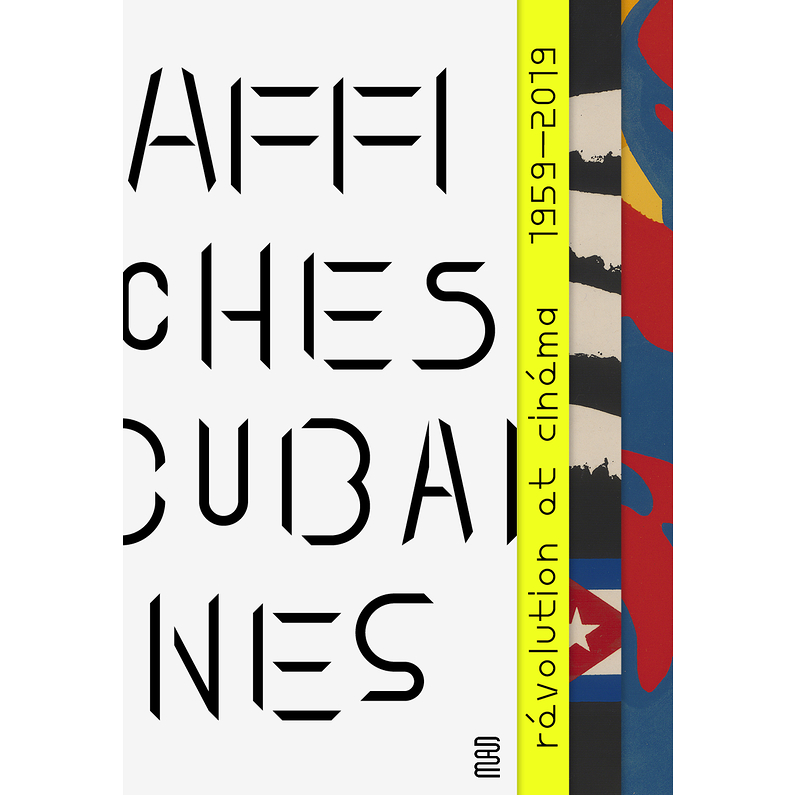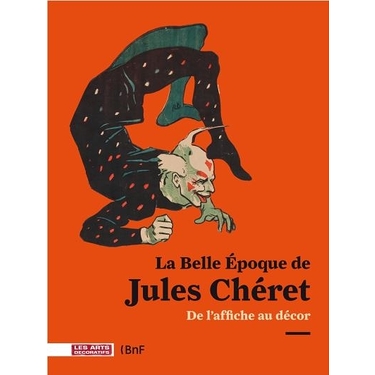Exhibition catalog - Cuban posters revolution and cinema, 1959-2019
Characteristics
Collective work published under the direction of Amélie Gastaut, chief curator at the Museum of Decorative Arts, in charge of graphic design and advertising collections.
Texts from:
Luigino Bardellotto, president of Centro Studi Cartel Cubano in Venice
Jorge R. Bermudez, essayist, poet and art critic
Olivier Compagnon, professor of contemporary history at the Institute of Advanced Studies of Latin America of the new Paris-III-Sorbonne University
Cécile Tardy, Curator of the Contemporary International Documentation Library at the University of Nant
- Number of pages
- 144
- Number of illustrations
- 120
- Dimensions
- 19,5 x 28,5 cm
- Publisher
- Edition MAD
- Categories
- Bookshop, Graphic design and ads, MAD's publications, Exhibition, Exhibition catalogs
Description
Catalog of the exhibition "Cuban Posters. Cinema et révolution ", presented at the Musée des Arts décoratifs, in Paris, from October 31, 2019 to February 2, 2020.
The overthrow of General Batista's dictatorship in January 1959, followed by the revolutionary government led by Fidel Castro, initiated profound changes in Cuban society and aesthetics.
While the scarcity of electricity makes television and radio inaccessible, the poster becomes the most effective means of communication. During the years 1960-1970, golden age of the Cuban poster, the graphic designers create a style in rupture with the Hollywood way and which also moves away from the Soviet propaganda.
For cinema, specifically Cuban posters are created for each film broadcast. Thanks to the film festivals, they are known and collected since the 1960s. After the collapse of the Eastern bloc, this golden age is followed by a less fertile period.
The poster is experiencing a revival since the beginning of the 2000s, returning to an experimental and artistic dimension. This book presents a selection of more than 100 posters from the Musée des Arts Décoratifs collection, along with texts to understand the context.


